For large-scale construction and landscaping projects, the success of a Bamboo composite decking installation project hinges on the unseen element: the substructure. Correct joist spacing is the most critical factor determining a deck's structural integrity, load-bearing capacity, and user experience. Incorrect or excessive **Max joist spacing** can lead to permanent **Decking board deflection**, compromising the longevity of the entire investment. Ningguo Kuntai Bamboo and Wood Co.,Ltd., situated in the "Bamboo Village," is a professional manufacturer dedicated to providing structurally stable outdoor strandwoven bamboo products, backed by international certifications and proprietary technology (US patent No. US11148318).
Structural Principles of Load and Span
Joist spacing is a calculation balancing the board's material stiffness against anticipated loads.
Determining Deck joist span requirements for heavy loads
The **Deck joist span requirements** are calculated based on the combined effect of the dead load (the weight of the decking material itself) and the live load (occupants, furniture, snow). For residential applications, standard live loads are typically $40 psf ($1.9 kPa). However, areas subject to heavy snow accumulation or commercial traffic require $50 psf or more. Failing to account for these heavy loads by using insufficient **Max joist spacing** will permanently deform the decking boards, compromising the integrity of the **Bamboo composite decking installation**.
Managing Decking board deflection control standards
Deflection refers to the degree to which a board bends under load. Industry standards require that deflection be controlled to a ratio, often $L}/360$, where $L is the joist span. This limit is not just structural; it's psychological. Excessive deflection, even if not structurally critical, creates a "bouncy" or soft feel underfoot, leading to end-user dissatisfaction. Maintaining tight **Max joist spacing** is the most effective way to ensure the rigidity and comfort required by modern **Decking board deflection** control standards.
Installation Factors and Adjustments
The orientation of the boards and the material of the joists necessitate adjustments to the standard spacing.
Max joist spacing for composite decking: Straight vs. Diagonal
The recommended **Max joist spacing** for composite decking varies significantly based on the board orientation. Boards installed perpendicular (straight) to the joists benefit from the material's full cross-sectional strength, allowing for a wider span (e.g., $40 cm). Conversely, when the boards are installed diagonally (at a 45-degree angle), their effective span length and structural contribution are reduced, requiring the **Max joist spacing** to be reduced by approximately $25 percent (e.g., to $30 cm). This reduction is essential to maintain the same **Decking board deflection** control standards.
Substructure material and Outdoor bamboo decking substructure compatibility
Our **Outdoor bamboo decking** substructure compatibility is high, but the material of the joist itself can influence span. Traditional treated timber joists require precise adherence to load-span tables, while engineered materials like aluminum or steel joists may offer superior stiffness, allowing for a slightly wider overall joist span, provided the bamboo composite boards themselves can bridge the gap without excessive deflection. Proper planning is vital when integrating our strandwoven bamboo products with any specific substructure.
Comparison: Decking Orientation vs. Recommended Joist Spacing (Example Based on a $20 mm Thick Board):
| Decking Orientation | Max Joist Spacing (Typical) | Implication for Structural Stability |
|---|---|---|
| Perpendicular (Straight) | $40 cm | Utilizes full board span strength; meets most **Deck joist span requirements**. |
| Diagonal ($45$ Degrees) | $30 cm | Reduced effective span; tighter spacing required to prevent **Decking board deflection**. |
Specialized Installation Requirements
Certain structural and cosmetic features require deviations from the standard field spacing.
Composite decking installation standard for stairs and borders
The **Composite decking installation standard** for stairs and border components mandates tighter spacing. At any cantilevered end of a decking board, such as the edge of the deck or the tread overhang on a staircase, the joist must provide maximum support. In these areas, the joist or blocking should be placed so that the unsupported overhang is no more than $5 cm to $10 cm. This specific application of **Max joist spacing** is critical for both safety and aesthetic longevity, preventing the ends from sagging or breaking under load.
Certifications and Quality Assurance
Our commitment to structural reliability is proven by our certifications ($FSC}, CE}, SGS}, ISO}9001$) and our US patent (No. US11148318) for outdoor bamboo decking. This commitment ensures that our products, suitable for all **Outdoor bamboo decking** substructure compatibility, provide the tested stiffness and durability required to meet the most stringent **Deck joist span requirements**. We utilize large manufacturing sites in Anhui, with advanced facilities dedicated to professional manufacturing.
Conclusion
For professional contractors, optimizing joist spacing is paramount for a successful Bamboo composite decking installation. Structural integrity depends on accurately calculating **Deck joist span requirements**, adhering to the tighter spacing needed for diagonal boards, and meeting **Decking board deflection** control standards. Ningguo Kuntai Bamboo and Wood Co.,Ltd. provides proven, structurally stable outdoor strandwoven bamboo products, allowing B2B partners to confidently meet the most demanding **Composite decking installation standard** while controlling project costs and ensuring long-term client satisfaction.
Frequently Asked Questions (FAQ)
- What is the primary risk of using excessive **Max joist spacing** in a **Bamboo composite decking installation**? The primary risk is permanent deformation (sagging or cupping) of the decking boards between the joists, which leads to poor aesthetics, collects water, and can compromise the integrity of the hidden fastener system.
- How does the $L}/360$ standard relate to **Decking board deflection** control standards? The $L}/360$ standard means that the maximum allowable sag ($L divided by $360$) of the decking board should not exceed that value under the specified live load. For a $40 cm span, the max deflection is $400 mm} / 360 \approx 1.1 mm.
- Why do **Deck joist span requirements** change if the deck is installed diagonally? When a board is installed diagonally, the effective span it must cover is longer than the perpendicular distance between the joists, resulting in a higher bending moment and a greater need for reduced **Max joist spacing** to prevent deflection.
- Should blocking be used in a **Bamboo composite decking installation** to improve **Outdoor bamboo decking** substructure compatibility? Yes, blocking is highly recommended. It improves the lateral stability of the joists, particularly near the edges of the deck, and provides critical intermediate support for the butt joints and edges of the **Outdoor bamboo decking** boards.
- Is the **Composite decking installation standard** for stairs different from the main deck area? Yes. Stair treads are subject to high, localized impact loads. The **Composite decking installation standard** requires the substructure to be much more rigid, often necessitating tighter joist spacing or dedicated support for each tread and riser to ensure safety and prevent deflection.

 English
English Deutsch
Deutsch
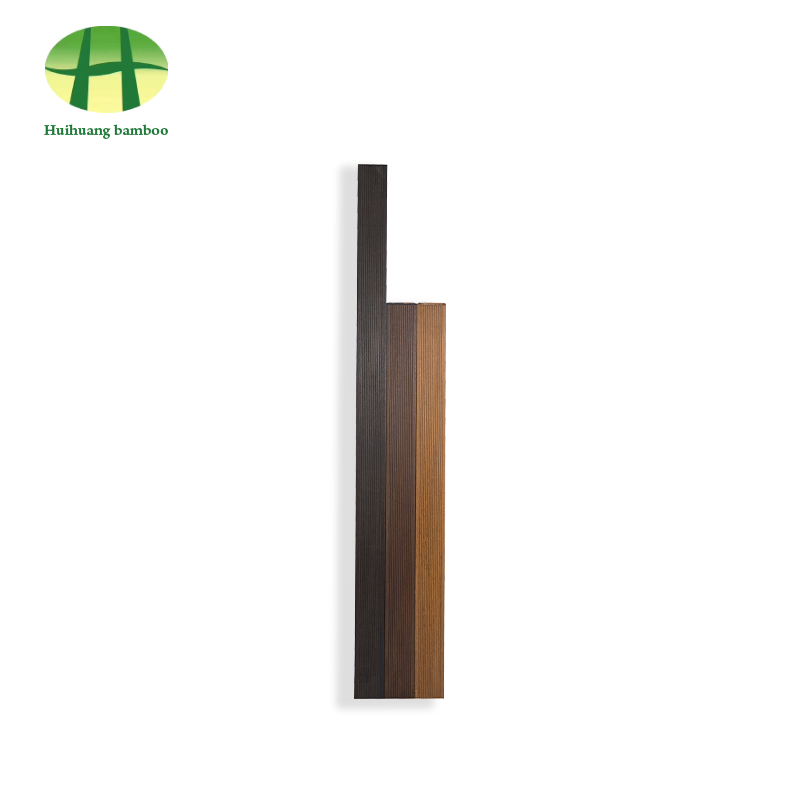
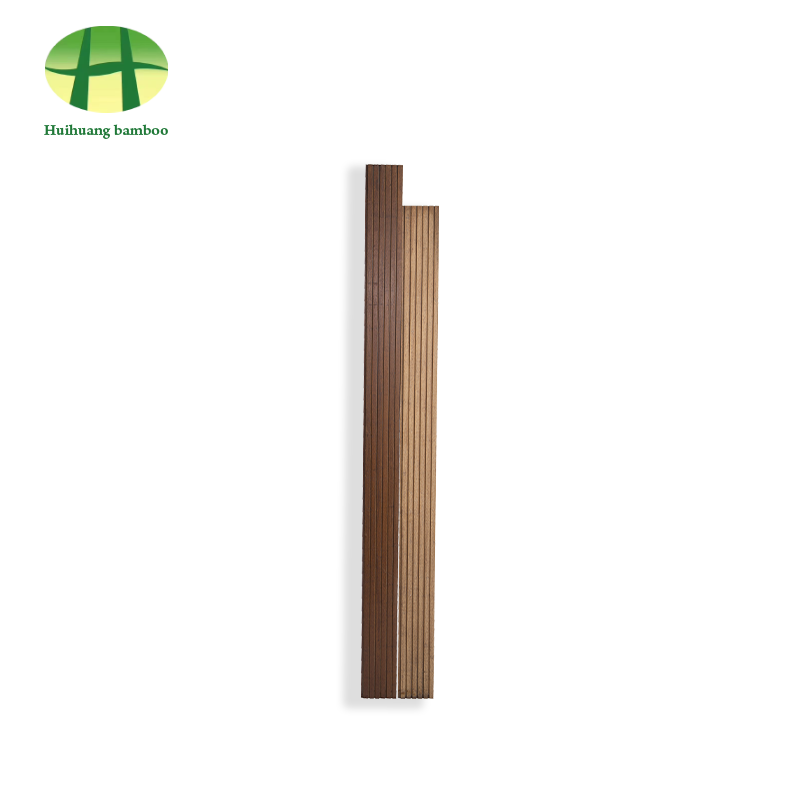
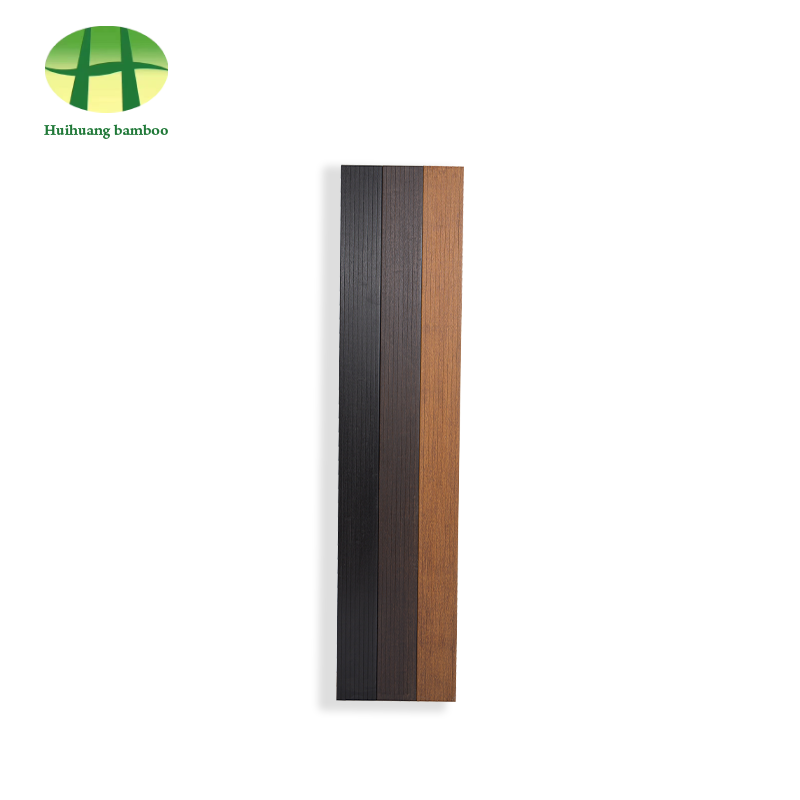
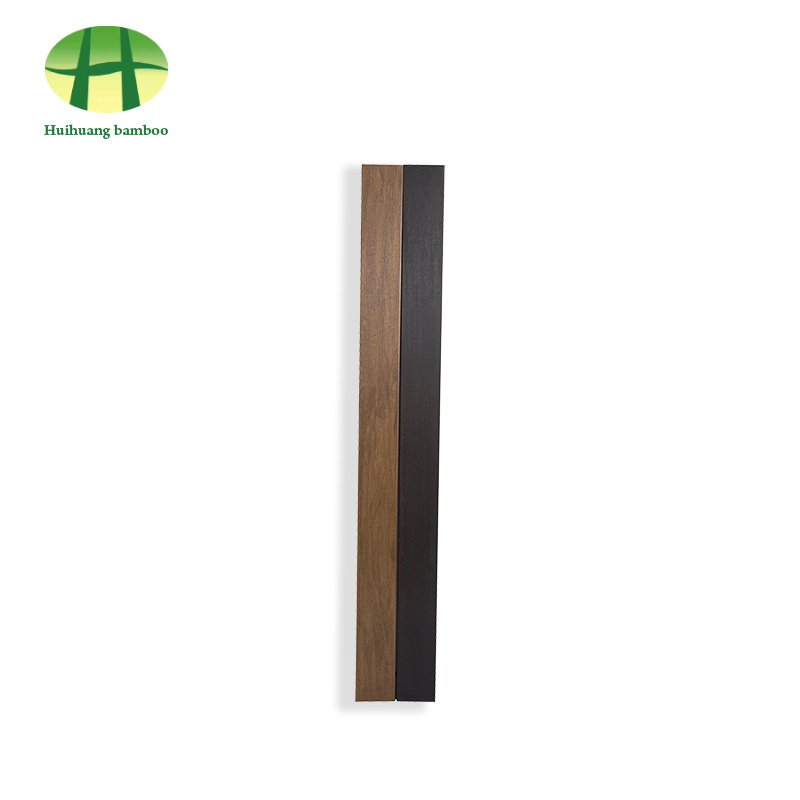
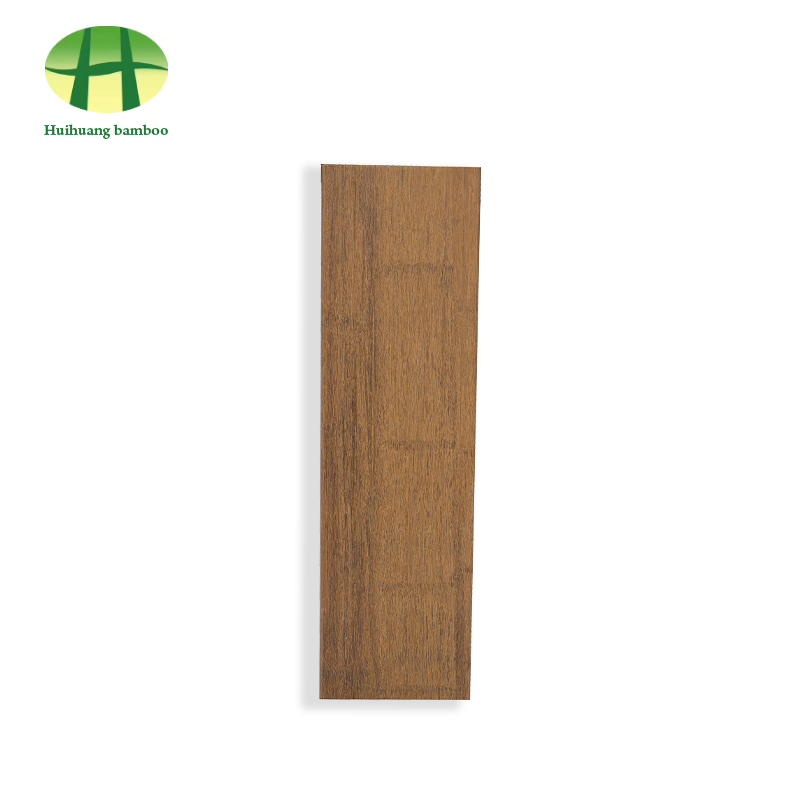

 +86-572-5215066 5216895
+86-572-5215066 5216895 office@hh-bamboo.com
office@hh-bamboo.com East Side of Huanggang RD,Ningdun County, Ningguo ,Xuancheng City,Anhui Province,China.
East Side of Huanggang RD,Ningdun County, Ningguo ,Xuancheng City,Anhui Province,China.